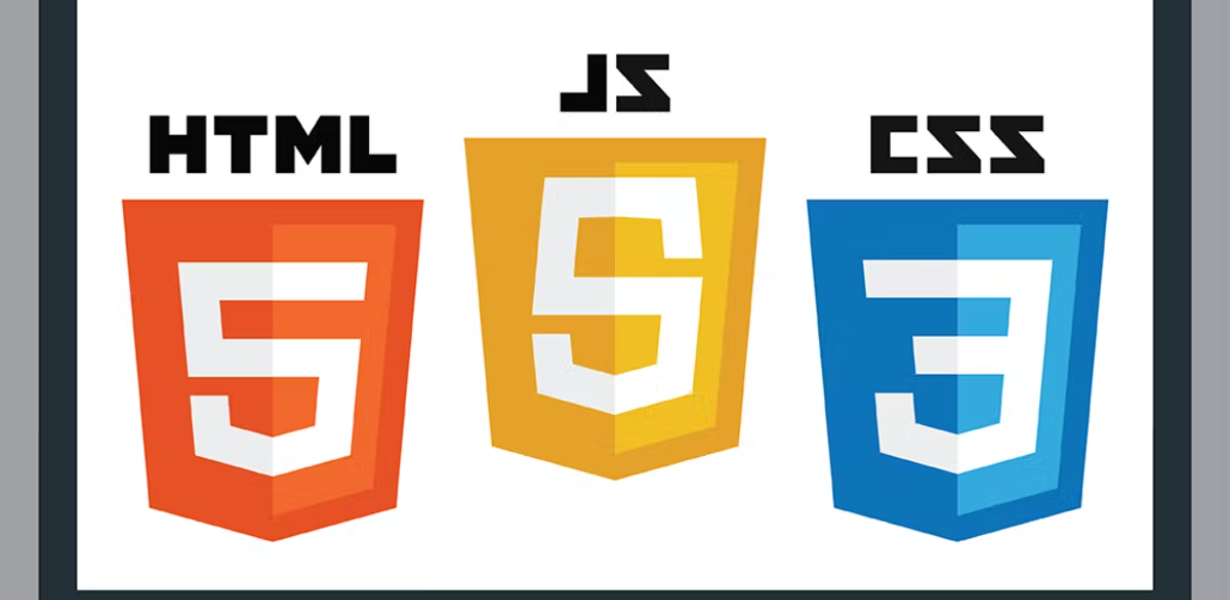
CSS-in-JS: The Fusion of CSS Basics for Powerful Web Projects
- Post
- August 5, 2023
- CSS Basics, HTML & CSS, Web Development
- 0 Comments
Welcome to our comprehensive guide on CSS-in-JS, where we delve into the seamless integration of CSS basics into your web projects. In this article, we’ll explore the power and versatility of this approach, which combines the best of both worlds – CSS and JavaScript – to create dynamic and efficient web applications. Get ready to harness the potential of CSS-in-JS and elevate your web development game to new heights.
Understanding the Basics of CSS-in-JS
CSS-in-JS is an innovative technique that allows developers to write CSS code using JavaScript. It’s more than just a trend; it’s a paradigm shift that enhances the maintainability, modularity, and reusability of CSS styles. By encapsulating CSS within JavaScript, developers can create self-contained components with their styles, making it easier to manage complex projects.
Benefits of CSS-in-JS
Scoped Styles for Isolated Components
One of the primary advantages of CSS-in-JS is the ability to apply styles exclusively to individual components. This avoids the common pitfall of CSS, where styles can inadvertently affect other elements on the page. With scoped styles, developers gain better control and eliminate unintended side effects.
Dynamic Styling with JavaScript
Integrating CSS with JavaScript enables dynamic styling based on application state and user interactions. You can easily change styles on the fly, resulting in more interactive and engaging user experiences.
Eliminating Style Conflicts
CSS-in-JS eliminates the need to manage separate CSS files, reducing the risk of style conflicts in large projects. This simplifies the development process and streamlines collaboration among team members.
Implementing CSS-in-JS in Your Project
To implement CSS-in-JS, you have several popular libraries at your disposal. Let’s take a look at two of the most widely used ones:
Emotion
Emotion is a powerful and performant CSS-in-JS library that offers great developer experience and extensive features. With Emotion, you can write styles using tagged template literals or JavaScript objects, providing flexibility and scalability.
Styled Components
Styled Components is another popular library that leverages tagged template literals to style components. It has gained popularity due to its simplicity and ease of use, making it an excellent choice for both beginners and experienced developers.
Best Practices for Writing CSS-in-JS
Writing CSS-in-JS comes with its set of best practices to ensure clean, maintainable code. Here are some essential tips:
Component-Oriented Styles
Keep your styles specific to the components they belong to. This helps maintain a clear separation of concerns and makes it easier to manage and reuse styles.
Avoid Inline Styles
While CSS-in-JS allows inline styles, it’s best to avoid them whenever possible. Inline styles can hinder performance and reduce the benefits of CSS-in-JS.
Use Theme Variables
Implement theme variables to maintain consistency throughout your application. This allows you to change the entire look and feel of your app by modifying a few variables.
Commonly Asked Questions
Q1: Is CSS-in-JS a replacement for CSS?
A: No, CSS-in-JS is not a replacement for CSS. It is a complementary approach that enhances the capabilities of traditional CSS by enabling dynamic styling and scoped styles.
Q2: Does using CSS-in-JS affect performance?
A: When implemented correctly, CSS-in-JS can have a positive impact on performance, thanks to its ability to optimize and eliminate unused styles.
Q3: Which library should I choose for CSS-in-JS?
A: The choice of library depends on your project’s requirements and your familiarity with the library’s syntax. Emotion and Styled Components are both excellent options.
Q4: Can I still use CSS frameworks with CSS-in-JS?
A: Yes, you can use CSS frameworks alongside CSS-in-JS. However, be mindful of potential conflicts and consider using frameworks designed for use with CSS-in-JS.
Q5: Is CSS-in-JS compatible with server-side rendering (SSR)?
A: Yes, many CSS-in-JS libraries, such as Emotion and Styled Components, support server-side rendering, making them suitable for universal applications.
Final Words
CSS-in-JS is a game-changing approach to web development that combines the power of CSS with the flexibility of JavaScript. By adopting this innovative technique, you can streamline your styling process, reduce conflicts, and create dynamic user experiences. So, embrace the future of web development with CSS-in-JS and unlock new possibilities for your projects.




